Scientist-led conferences at Harvard, Stanford and MIT
-

Robot helps autistic kids engage
Georgia Tech professor Ayanna Howard is using interactive robots to help autistic kids engage with others, socially and emotionally. Her company, Zyrobotics, is commericalizing this technology. In a study, 18 kids, between the ages of 4 and 12, five of whom had autism, interacted with two robots which expressed 20 emotional states, including boredom, excitement, and…
-
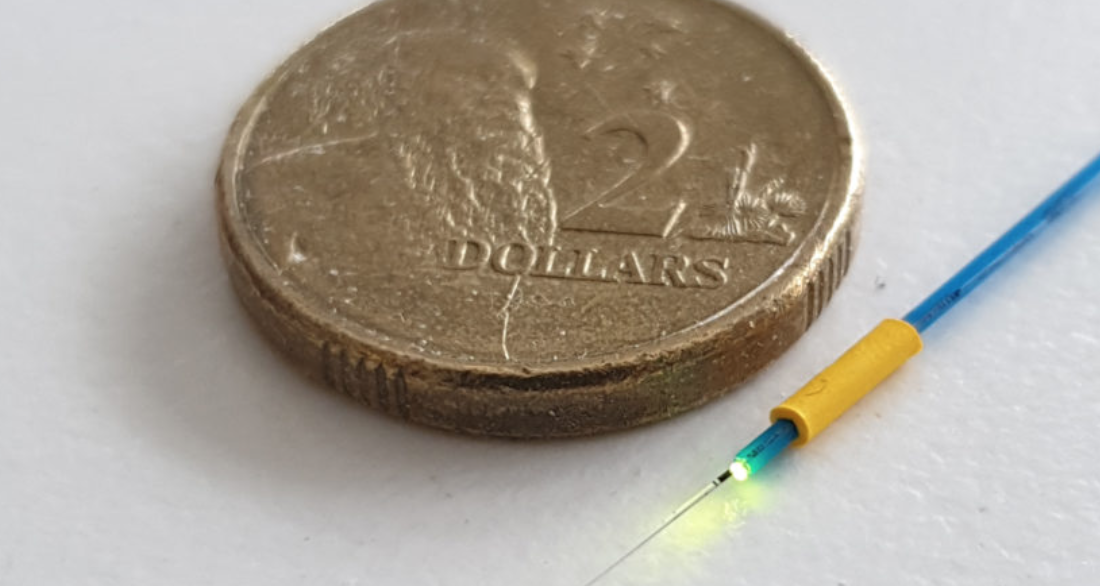
Tiny fiber optic sensor monitors blood flow in real-time
John Arkwright and Flinders University colleagues have developed a tiny, low cost, fiber-optic sensor to monitor blood flow through the aorta in real-time. The goal is continuous monitoring during prolonged intensive care and surgical procedures. Current blood flow measurement, using ultrasound or thermo-dilution, is intermittent, averaging every 30 minutes. The device is inserted through a…
-
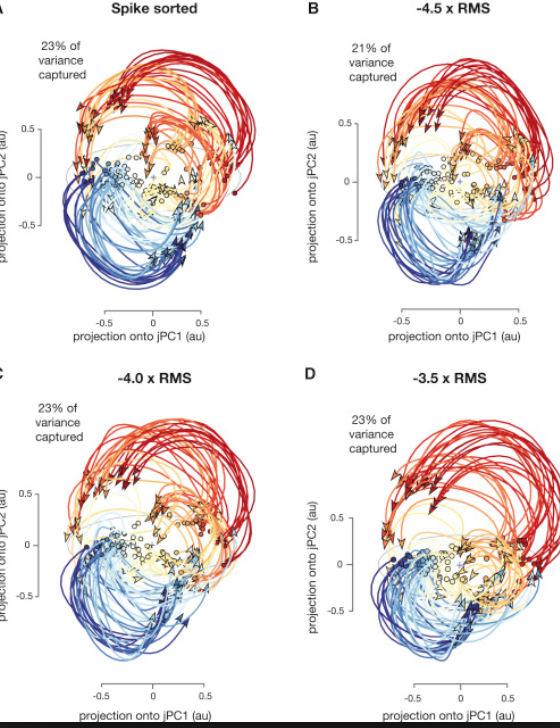
New electrodes, brain signal analysis, for smaller, lower power, wireless BCI
Building on his prior brain-controlled prosthetic work, Stanford’s Krishna Shenoy has developed a simpler way to study brain electrical activity, which he believes will lead to tiny, low-power, wireless brain sensors that would bring thought-controlled prosthetics into much wider use. The method involved decoding neural activity in aggregate, instead of “spike sorting.” Spike sorting must be…
-

Blood-brain-barrier recreated inside organ chip with pluripotent stem cells
Clive Svendsen, Gad Vatine, and Cedars Sinai and Ben Gurion University of the Negev colleagues have recreated the blood-brain barrier outside of the body using induced pluripotent stem cells for the first time. In a study, the recreated bbb functioned as it would in the individual who provided the cells to make it. This could…
-
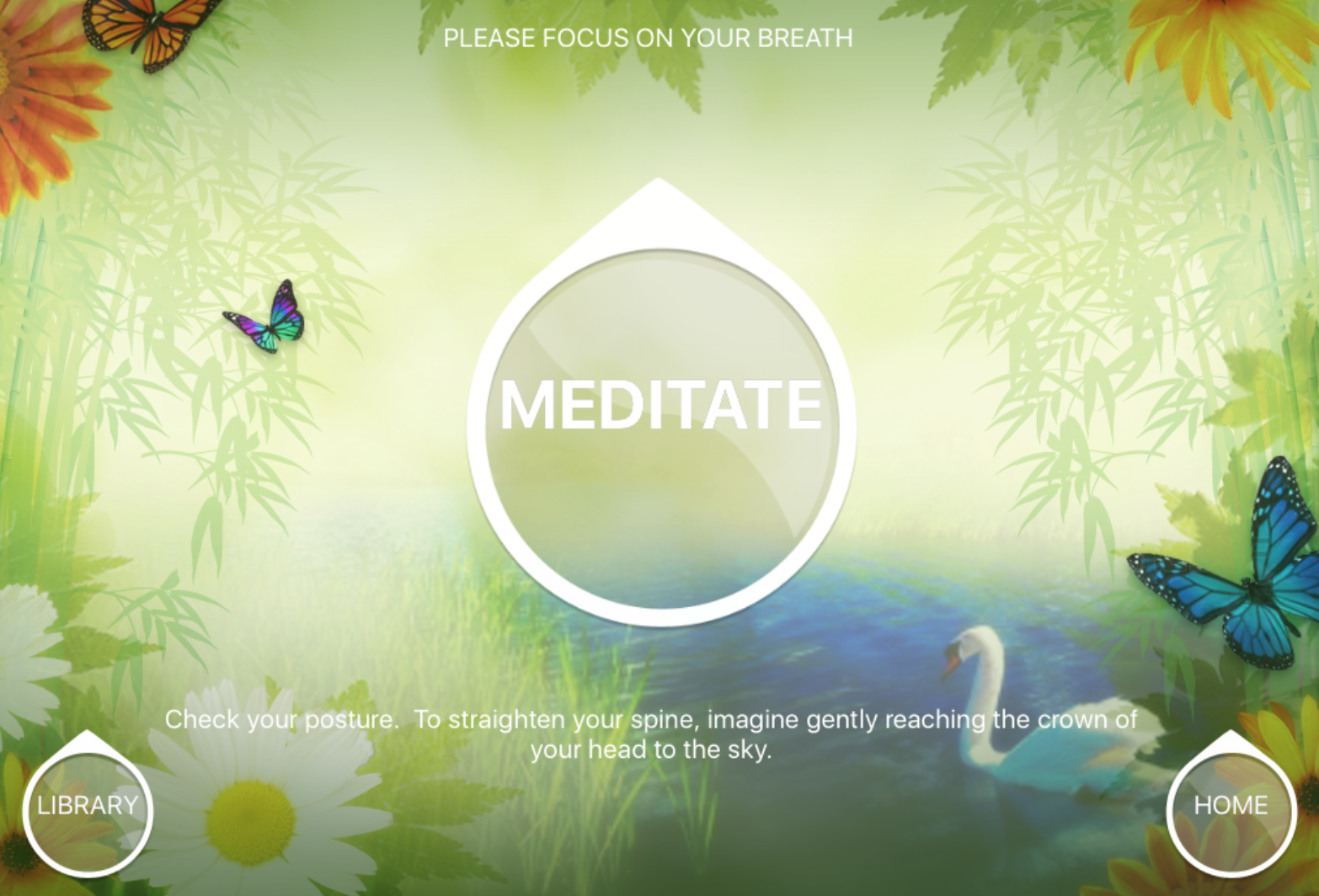
App optimizes meditation length to improve attention and memory
Adam Gazzaley and UCSF colleagues have developed a focus-driven digital meditation program that improved attention and memory in healthy adults in a recent study. MediTrain tailors meditation session length to participant abilities, and challenges users to increase session time. Subjects received significant benefits in 6 weeks. On their first day, they focused on their breath…
-

Sensor glove identifies objects
MIT’s Subramanian Sundaram has developed a sensor glove that identifies objects through touch. This could improve assistive robot performance and enhance prosthetic design.The cheap “scalable tactile glove” includes 550 tiny, pressure-capturing sensors. A neural network uses the data to classify objects and predict their weights. No visual input is required. In a Nature paper, the system…
-
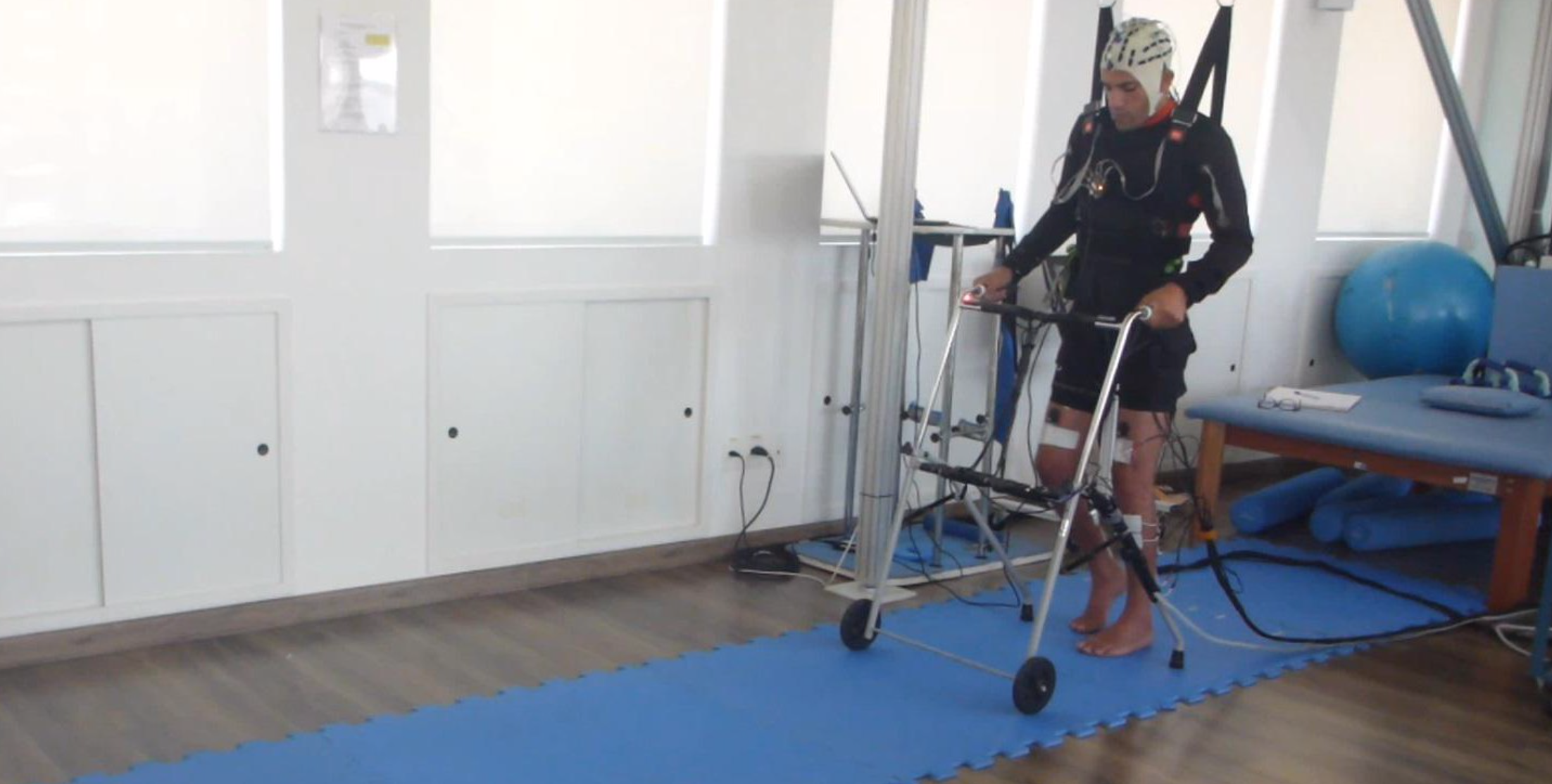
Study: Noninvasive BCI improves function in paraplegia
Miguel Nicolelis has developed a non-invasive system for lower-limb neurorehabilitation. Study subjects wore an EEG headset to record brain activity and detect movement intention. Eight electrodes were attached to each leg, stimulating muscles involved in walking. After training, patients used their own brain activity to send electric impulses to their leg muscles, imposing a physiological gait. With…
-
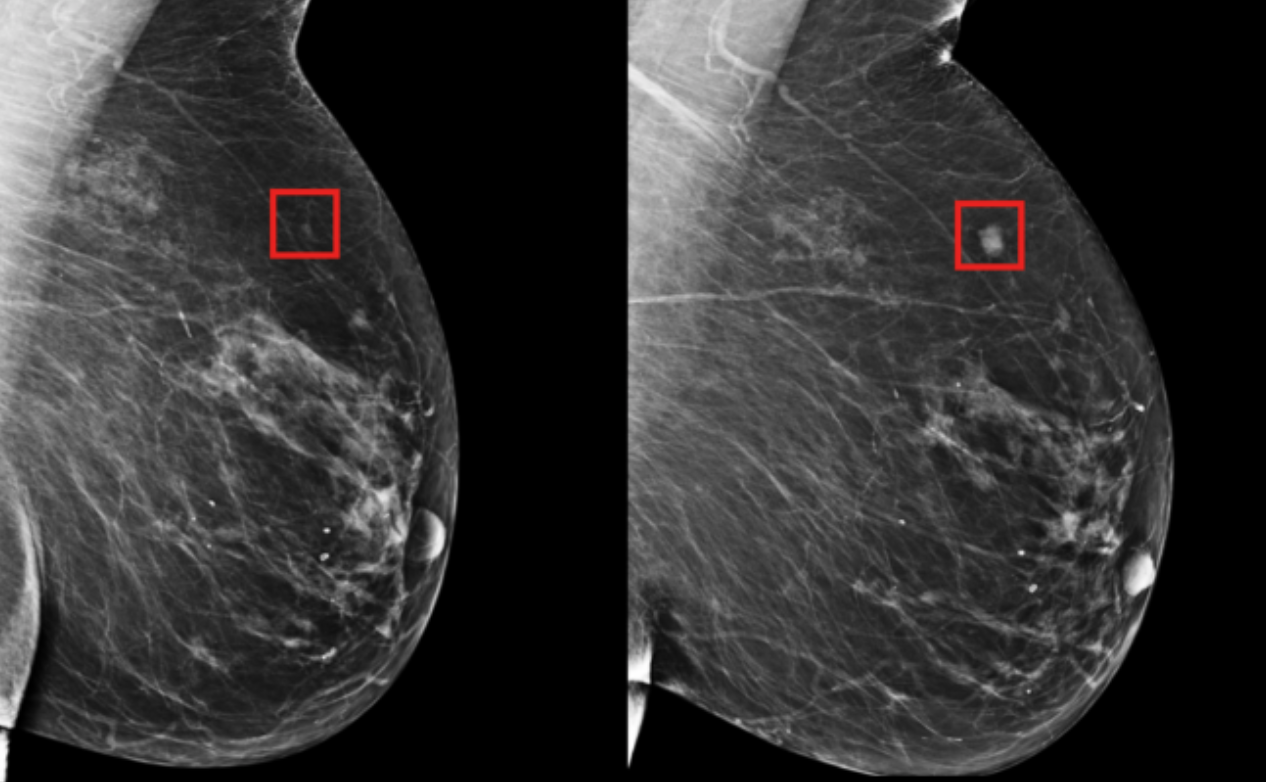
Deep learning mammography model detects breast cancer up to five years in advance
MIT CSAIL professor Regina Barzilay and Harvard/MGH professor Constance Lehman have developed a deep learning model that can predict breast cancer, from a mammogram, up to five years in the future. The model learned subtle breast tissue patterns that lead to malignant tumors from mammograms and known outcomes of 90,000 MGH patients. The goal is…
-
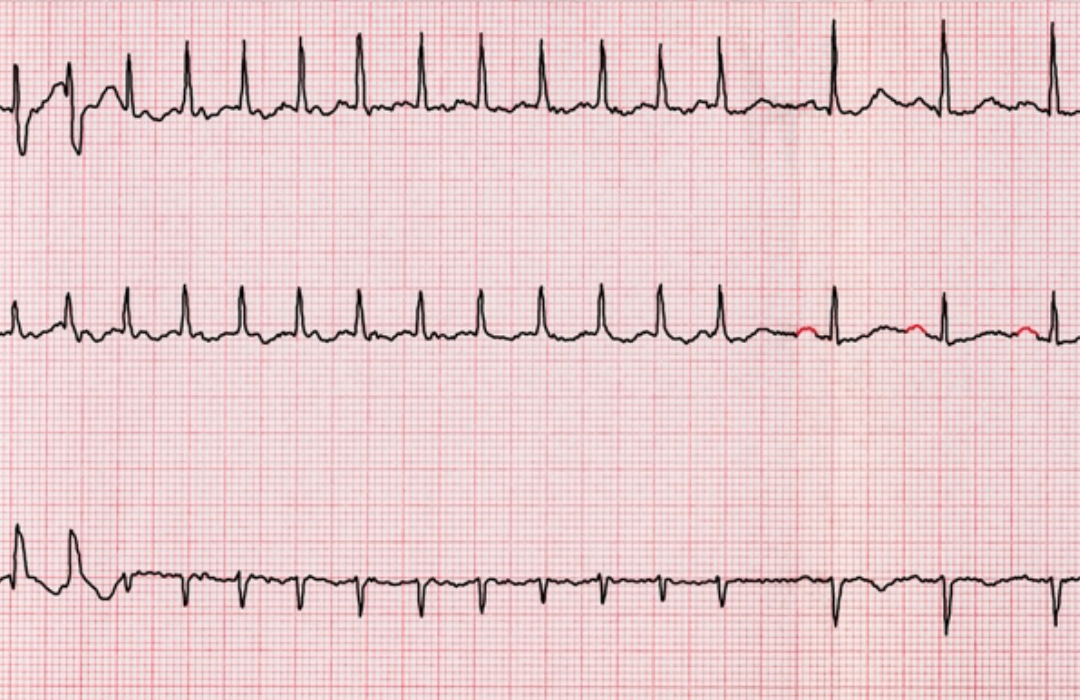
Atrial fibrillation-detecting ring
Eue-Keun Choi and Seoul National University colleages have developed an atrial fibrillation detecting ring, with similar functionality to AliveCor and other watch-based monitors. The researchers claim that the performance is comparable to medical grade pulse oximeters. In a study, Soonil Kwon and colleagues analyzed data from 119 patients with AF who underwent simultaneous ECG and photoplethysmography…
-

AI detects depression in children’s voices
University of Vermont researchers have developed an algorithm that detects anxiety and depression in children’s voices with 80 per cent accuracy, according to a recent study. Standard diagnosis involves a 60-90 minute semi-structured interview with a trained clinician and their primary care-giver. AI can make diagnosis faster and more reliable. The researchers used an adapted…
-

Personalized, gamified, inhibitory control training for weight loss
Evan Forman, Michael Wagner, and Drexel colleagues have developed Diet DASH, a brain training game meant to inhibit sugar-eating impulses. A recent study using the the game examined the impact of highly personalized and/or gamified inhibitory control training on weight loss, using repeated, at-home training. The trial randomized 109 overweight, sweet-eating participants , who attended a workshop on why…
-
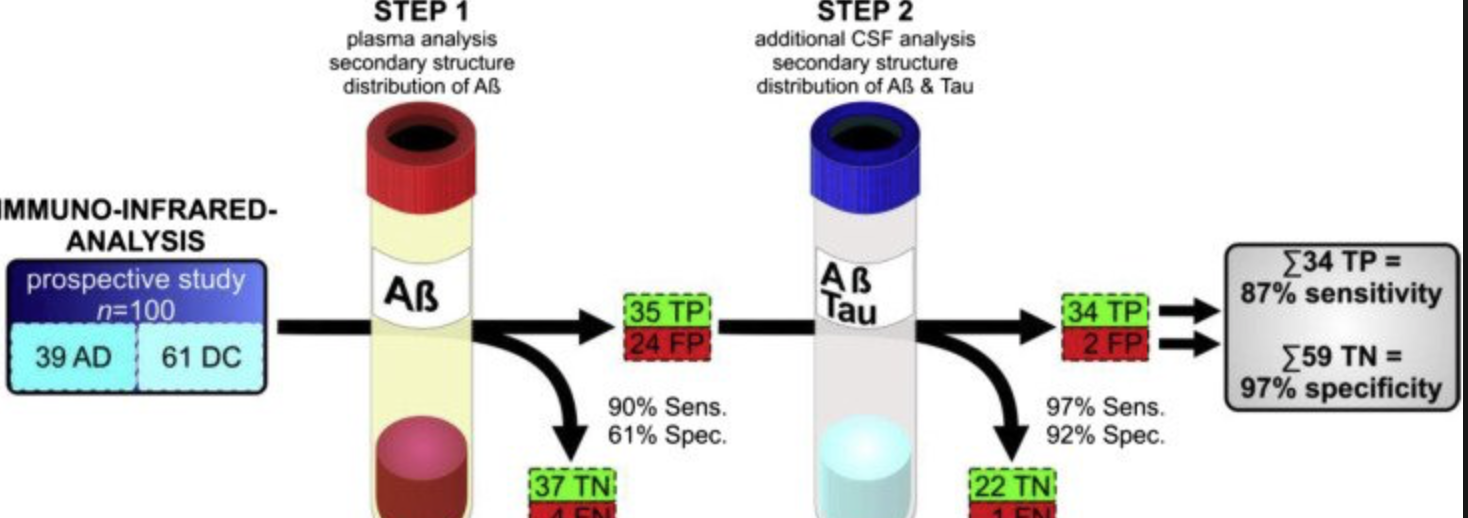
Study: Blood + spinal fluid test detects Alzheimer’s 8 years before symptoms
Klaus Gerwert at Ruhr-Universität Bochum has developed a blood + CSF test that he claims can detect Alzheimer’s disease 8 years before the onset of symptoms. The goal is early stage therapy to achieve better results than current treatment protocols. To reduce false positive results from the initial study, the researchers first used a blood…
Got any book recommendations?